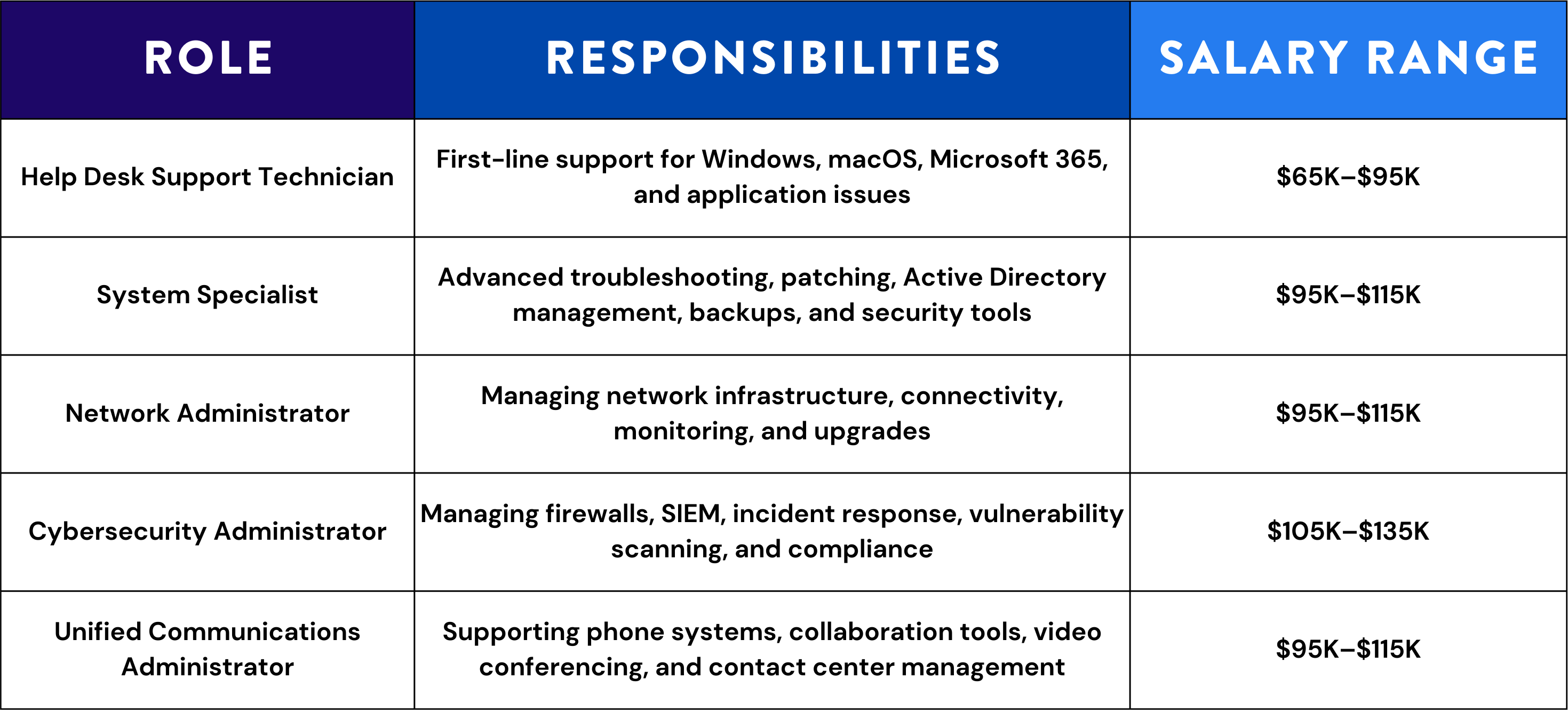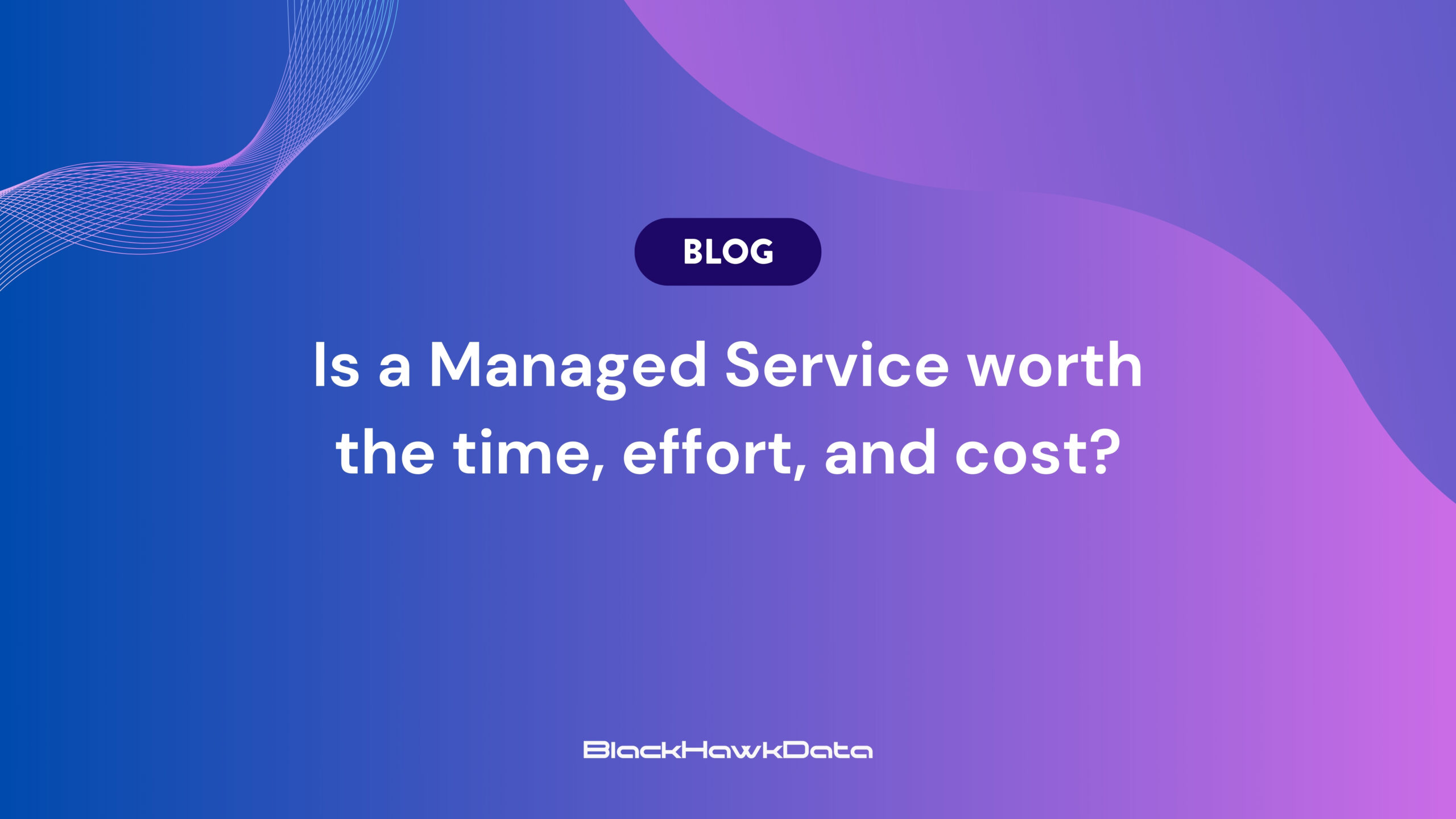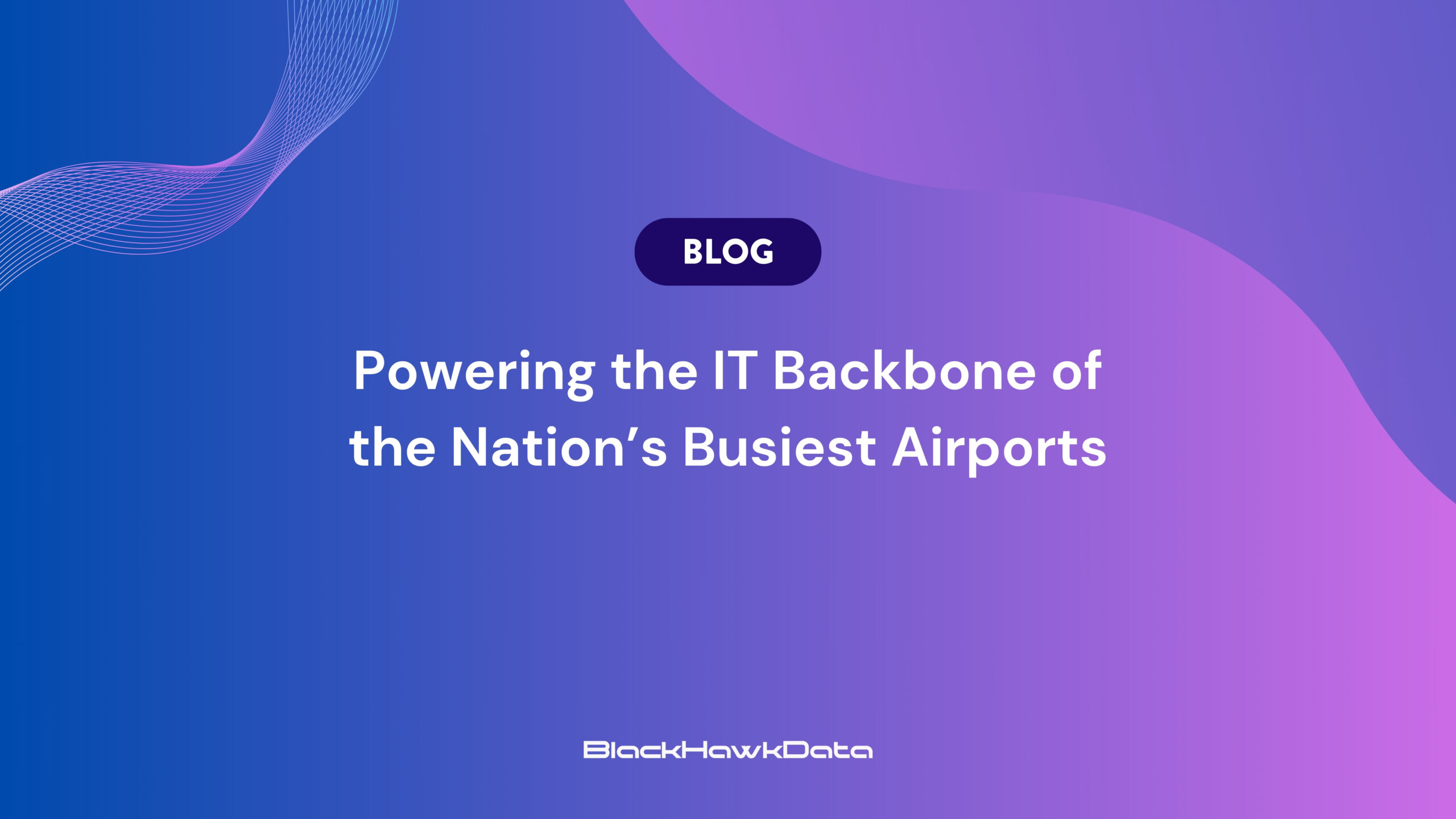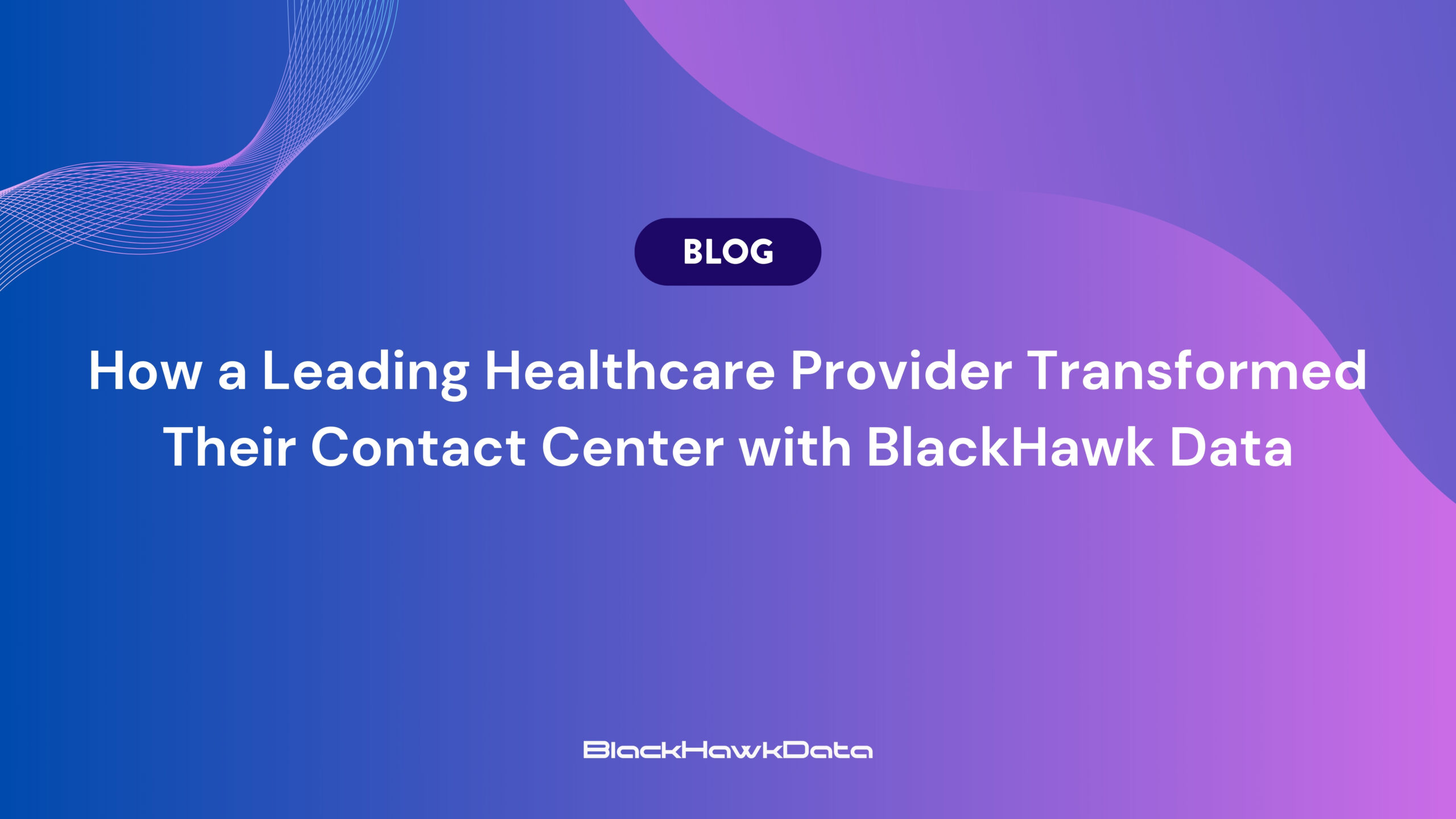Many organizations face technology-driven challenges as they expand their remote workforce, adopt cloud applications, and combat ever-evolving cybersecurity threats. Budget cuts further complicate the struggle to keep up without adding staff.
Could partnering with a managed service provider (MSP) instead of hiring additional employees make sense for your business? The answer isn’t always clear—it depends on what’s right for your organization. In this article, we’ll break down what you should expect from an MSP and how it can impact end-user productivity and your bottom line.
(We emphasize “should” because not all MSPs are created equal.)
Evaluating If an MSP is Right for Your Business
Start by assessing your internal team’s capabilities and the amount of time they have each day to tackle IT challenges. Understanding your current environment provides a baseline to measure the success of your IT strategy.
Key IT Tasks That Should Be Regularly Addressed:
- System OS Patching (Windows, macOS, VMware, Linux) – Run a patch compliance scan (if you have a tool for this). Are you over 90% patched? Most cyberattacks exploit vulnerabilities in systems with available patches.
- Network Firmware Upgrades – Are your systems running manufacturer-recommended firmware versions?
- Security Appliances – Are they up to date, monitored, and reviewed regularly? Do you have an incident response plan in place?
- Data Backup – Are Microsoft 365 and onsite machines consistently backed up with a recovery strategy in place?
- Endpoint Protection – Is protection installed, updated, and logged across all devices?
- End-User Support – Are issues addressed within an acceptable timeframe?
Most organizations manage to complete only two or three of these tasks regularly due to time constraints. A good MSP should cover all of them as a baseline. Without these measures, businesses face increased risks, including cyber threats, outages, failures, and decreased productivity.
At BlackHawk Data, we include these services in our managed packages because they are fundamental to maintaining a secure and efficient IT environment.
Cost Comparison: Hiring Additional Staff vs. Using an MSP
The decision to hire in-house IT staff or partner with an MSP depends on factors such as company size, technologies in use, and existing support capabilities. Let’s break down the costs of key IT roles required for comprehensive support:

While some organizations may consolidate these roles, doing so can lead to coverage gaps, delays in issue resolution, and security risks. Additionally, ensuring 24/7 coverage without an MSP requires multiple hires, increasing costs significantly.
The Cost of an In-House “Unicorn” IT Specialist
Let’s say you find a rare IT professional capable of handling all these responsibilities. Even at a higher salary of $125K per year, additional costs for benefits, PTO, equipment, and overhead bring the true expense to around $145K annually. But this individual can only cover 8 AM – 6 PM, Monday – Friday—who handles issues the rest of the time? And with such a broad workload, how many tasks will actually be completed effectively?
Why Choose BlackHawk Data’s Managed Services?
At BlackHawk Data, we understand the challenge of balancing IT coverage with cost. Unlike providers with hidden fees, our approach delivers:
✅ 24/7 access to a team of professionals across all IT disciplines
✅ Direct escalation to industry experts
✅ Fixed, predictable pricing per user/device
✅ All essential tools included, such as:
-
Endpoint protection
-
Data backup and recovery
-
Device monitoring and management
-
Vulnerability scanning
-
Automated patching
-
Email security
-
DNS protection
-
24/7 helpdesk support
-
Multi-factor authentication
Already Have an MSP?
Review the roles outlined above and ensure you’re getting the right coverage for your business.
If you’d like to learn more about BlackHawk Managed Services, schedule a time to chat with one of our experts.



